|
I am showing these two sculptures at Swell Sculpture Festival this year. The exhibition is on until Sunday Sept 17. Over 75 sculptures. Plover’s Protest is made from recycled materials – mostly wood from a discarded bed base. The work depicts a pair of Plovers (Masked Lapwings). Following unprecedented flooding in our region a pair of plovers nesting beside the local canal, squawked and flapped around in the night as the rising flood water engulfed their eggs. A microcosm of a disaster that unfolded in our region. We need to do all we can to prevent the worst extremes of climate. #swell2023 #swellsculpturefestival #swell #sculpture #birds #nature #climatechange #art #currumbin #goldcoast
It has been great to be included in the JADA 2020. This show started at the Grafton Regional Gallery and is currently on tour and showing at the Glasshouse Gallery in Port Macquarie. The Glasshouse has a very nice virtual tour on their website - until Nov 21. Also the catalogue for the show was very well put together. The catalogue has an introduction by Gallery Director Niomi Sands and an essay by Andrew Frost.
Glasshouse Link Grafton Regional link I've got a show coming up at Robin Gibson Gallery in Darlinghurst, Sydney. I'm expecting to have about sixteen works ready to show. They are mostly constructions using found timbers and recycled offcuts from various sources. The subject matter is the natural world, but also its interaction with the built environment. Living on the NSW Northcoast we feel inextricably linked with the natural world - whether it is flood, fire, erosion from storm surges, drought, or just the prevalence of wild life, farm animals, waterfalls, bush, canefields, mountains and lakes. These works might feel whimsical - but really they are about taking whimsy seriously, trying to pay attention to the things that may not feel so important, but are probably the most important.
This work is called South Golden Beach 7pm. Approx 30cm x 40cm, painted reclaimed wood. https://robingibson.net/exhibitions/dave-hickson-2021 Using old drawings and a love of the formalist qualities of coloured paper and shape, this series of collages is simply about play and chance. Trying to allow materials and accident to dictate the outcome of a composition: each of them ultimately resulting in a partly recognisable but abstract space. These sometimes develop into sculpture or remain as collages.
I've been showing Heron at CUBE in Mullumbimby over the last month.
I love making birds. They are such incredible creatures. We kayak around the creeks up here and there are always beautiful birds wandering or flitting around. I worry about habitat and the land clearing that goes on to make way for intensive farming or mining. It seems that we struggle to live in harmony with the land. Obviously everyone needs to survive, and eat and use energy, but we need to be efficient and clever about how we do it. This sculpture is based on the White Faced Heron - sometimes called the Grey Heron. Heron stands about 60 cms high. I've used all sorts of woods to make it; camphor, oak, ply and found timber. I've transferred a photo on to it, that I took in St Ives, of pigeons flying above buildings, to sort of illustrate the loss of habitat for our wildlife - Heron becomes a bird physically made up of the urban environment. http://birdlife.org.au/bird-profile/white-faced-heron. birdlife.org.au/bird-profile/white-faced-heron https://www.davehickson.net
I produced this report for Bay FM's Community Newsroom show this week. You can hear more stories at bayfm.org or Sound Cloud.
The interviews are with Byron Mayor Simon Richardson and Arakwal Educator Delta Kay at the two separate Australia Day events. Xu Zhen - Eternity
Produced by MadeIn Company Photo: Dave Hickson Like the feeling of coming across a collection of ancient greek sculptures in your uncles garage - seeing Xu Zhen's work in the Sydney Biennale, is that sort of surprise. The unexpected pleasure of contrast; strange context and a clash of cultures, creates a contemporary sculptural work that is skillfully executed. Xu Zhen's work, Eternity, comprises "...sculptural forms appropriated from the Eastern Pediment of the Parthenon and ancient Chinese Buddhist traditions that have been fused together, creating a hybrid eastern-western monument. Xu Zhen creates a space for the reinterpretation of disparate cultures and religions, and an opportunity for dialogue about the way existing language structures, philosophies, realities and belief systems are merged and repurposed in an increasingly global civilisation influenced by rapidly developing technology." (Biennale artist info) This was the stand out artwork on Cockatoo Island for the Biennale this year. In other venues there are gems, but Xu Zhen's reinforced concrete series is fantastic. I only had a day to check out three of the Biennale locations, but with about eight venues hosting the Biennale, two or three days would be better. The Biennale is running until June 5, 2016 https://www.biennaleofsydney.com.au/20bos/artists/xu-zhen/ I went to an exhibition of El Anatsui's work on the weekend called "Five Decades". El Anatsui works in Nigeria, but is originally from Ghana. The show at Carriageworks in Sydney is a survey of his work from the 1970's to today.
El Anatsui sometimes has up to forty assistants working in his studio, making the sheets of squashed and tied bottle caps that make up a great deal of his work. The bottle caps or other tin sources are beaten into shape, drilled and tied together with copper wire to make sections of sculptures that are put together like patchwork quilts. The origins of the tin elements are still obvious in the final work, with caps from African alcohol bottles, tobacco boxes and cooking oil cans. This is an astounding show, not only because of the vast amount of Anatsui's work on display, but the space in which it hangs - Carriageworks has been turned into a gallery and theatre complex with just the right amount of restoration, and preservation, keeping the feel of the original railway engineering and maintenance workshops. The show runs until March 6 2016. John MacDonald wrote a review of the show that was in the SMH over the weekend: http://johnmcdonald.net.au/2016/el-anatsui/ http://carriageworks.com.au/events/ An interesting video linked here showing Anatsui in his studio https://www.youtube.com/watch?v=_d3RIE195JI Photo by Dave Hickson There is an incredible documentary about Louise Bourgeois on ABC iView at the moment. It is called The Spider, The Mistress and the Tangerine. If you miss it on iView, it is on Youtube too.
Here is the iView link: http://iview.abc.net.au/programs/louise-bourgeois-the-spider-the-mistress-and-the-tangerine/ZW0451A001S00 I took the above photo of Bourgeois' Spider at the Guggenheim in Bilbao, Spain. In the doco it mentions that there are versions of this sculpture in about eight cities around the world. She says the spider is her mother - totally reliable but without a burst of passion. Bourgeois was born in Paris in 1911 and moved to New York City in 1938 after marrying an American in Paris. She was quite an outsider, objecting fiercely to Surrealism in the early 20th century and again not falling into the Formalism that defined a majority of American sculpture in the mid 20th Century. She said "you have to be aggressive to be a sculptor - to want to change things - not to accept them as they are." She believed that the purpose of sculpture was self knowledge. Louise Bourgeois died in 2010 aged Ninety Eight. http://www.moma.org/explore/collection/lb/index During a day trip to Canberra at the end of last year, we visited the National Museum to see the Encounters exhibition. We were going to drop in here for two hours then go on to the National Gallery to see the Tom Roberts show, but the Encounters show kept us riveted until we had to pull our selves away to drive back to Sydney.
The exhibition shows 150 Aboriginal and Torres Strait Islander objects from the collection of the British Museum. There is come controversy surrounding how these objects were originally acquired and whether or not they should be returned to Australia permanently. The exhibition is well put together including objects that are from Australian collections interspersed with very moving video interviews. The exhibition does nothing to try hide or gloss over the controversy and the questionable tactics of explorers and settlers as they collected these objects. The oldest pieces are from James Cook's arrival in 1770 including a shield which has what appears to be a bullet hole in it, following a confrontation at Botany Bay in April 1770. The photo above is of a Jawun (bicornual basket) (Photo by Dave Hickson) Collected from Rockingham Bay by John Davidson in 1866-68 Made by The Rainforest Peoples of Rockingham Bay. Woven out of Lawyer Cane and used to carry food. Larger ones were sometimes used to carry children. Read more about the Jawun here: http://collectionsearch.nma.gov.au/object/106885 I was looking up other examples of this basket and found a smaller one (about 25cm high and wide) that Sotheby’s had sold last year for 6875 british pounds. It seems strange that pieces collected in Australia in the 19th century are on the private auction market. http://www.sothebys.com/en/auctions/ecatalogue/2015/aboriginal-art-thomas-vroom-collection-l15321/lot.7.html There was also a panel discussion that was aired on the ABC’s Big Ideas that has some fascinating perspectives on the show. Well worth listening at the link below: http://www.abc.net.au/radionational/programs/bigideas/2015-12-07/7002234 The exhibition is on until 28 March 2016 and is free. http://www.nma.gov.au/exhibitions/encounters |
Archives
September 2023
To follow me on Instagram please click the logo below
|
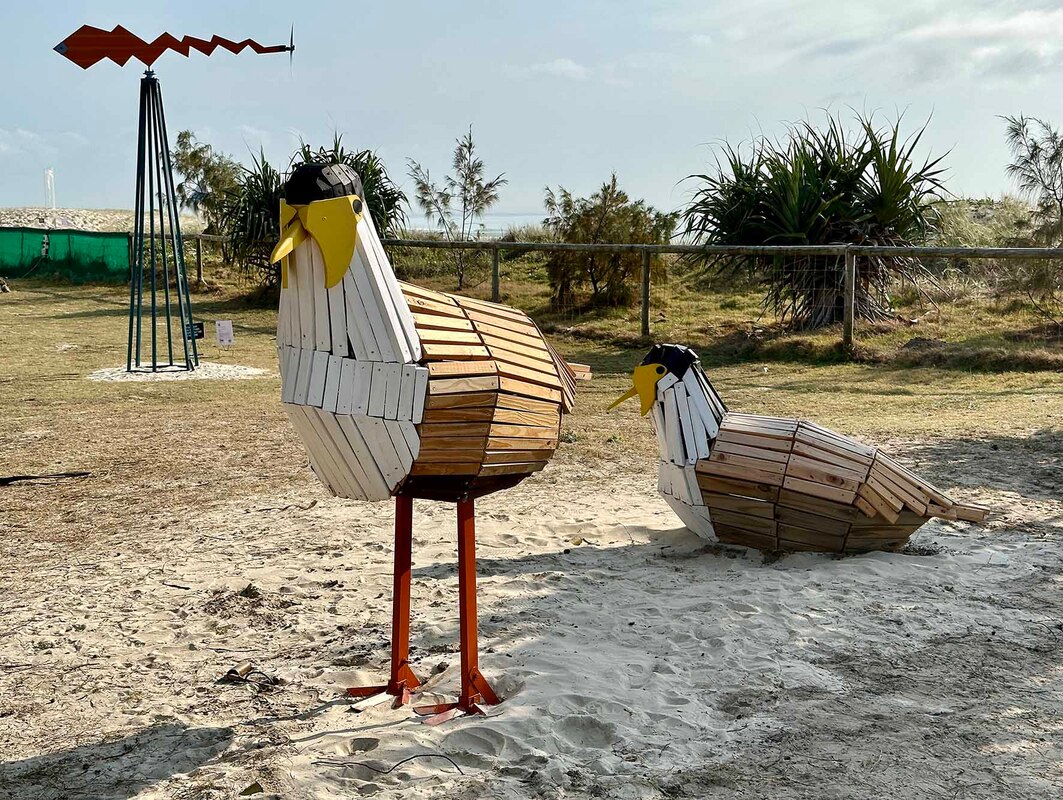
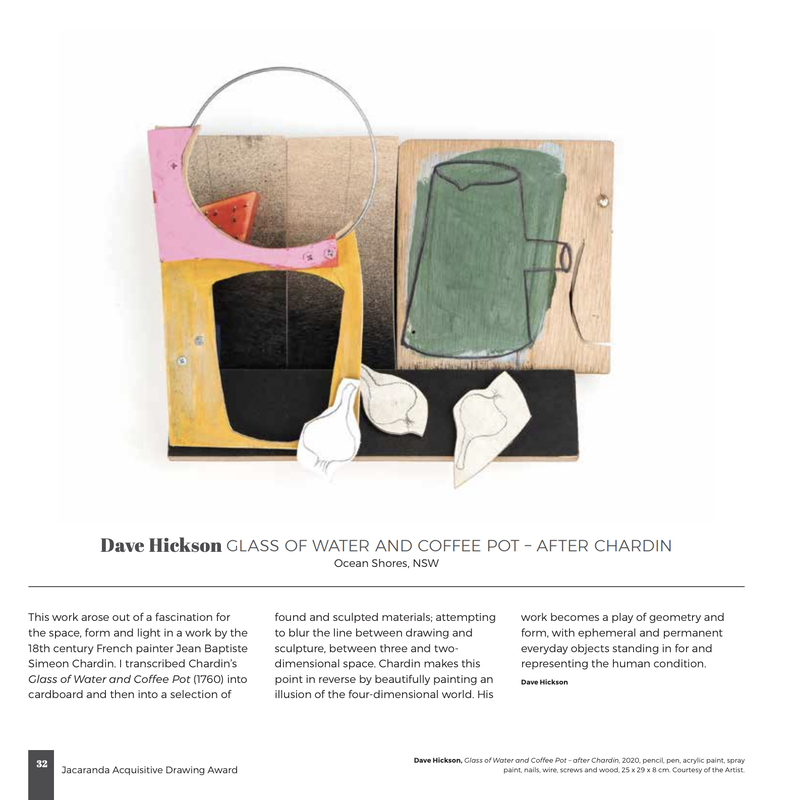
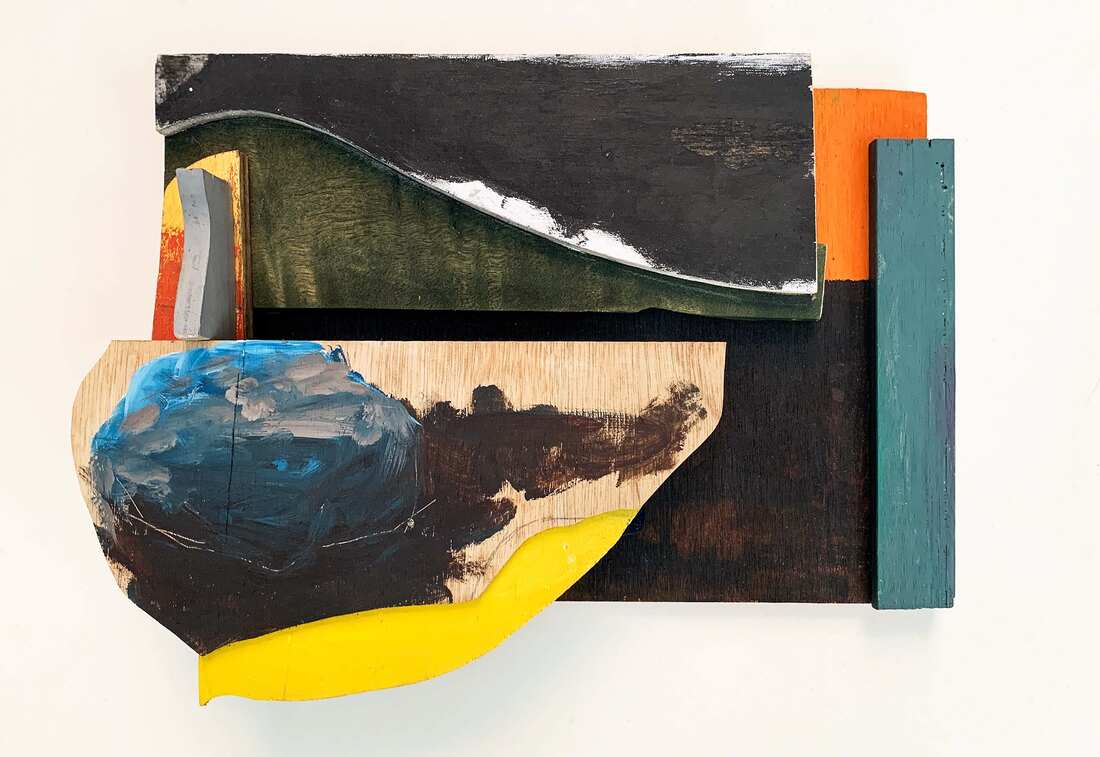
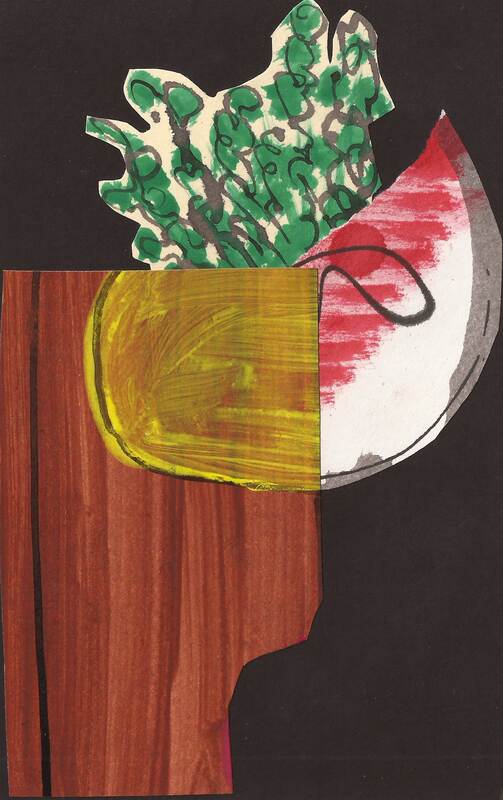
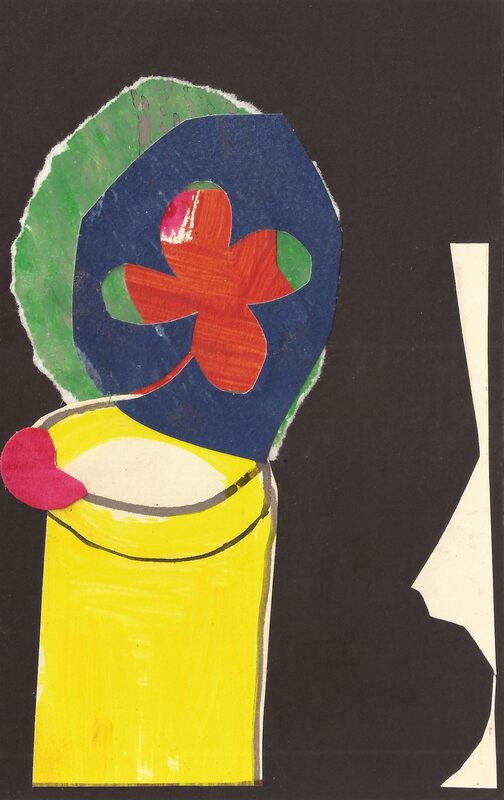
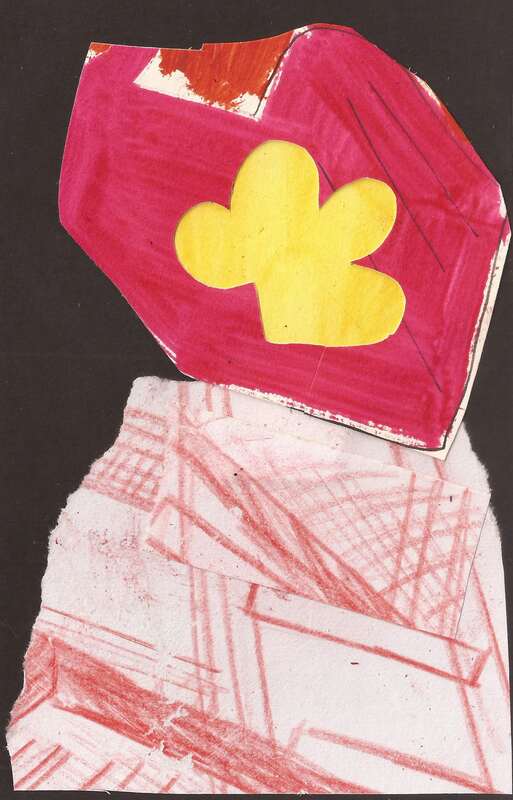
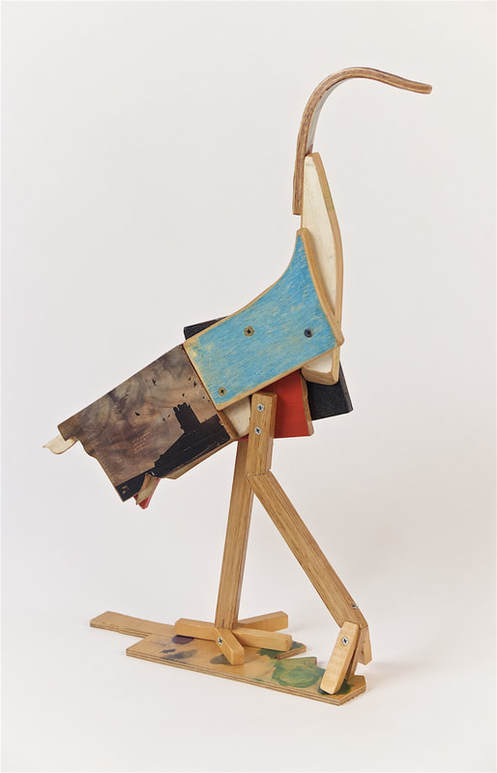
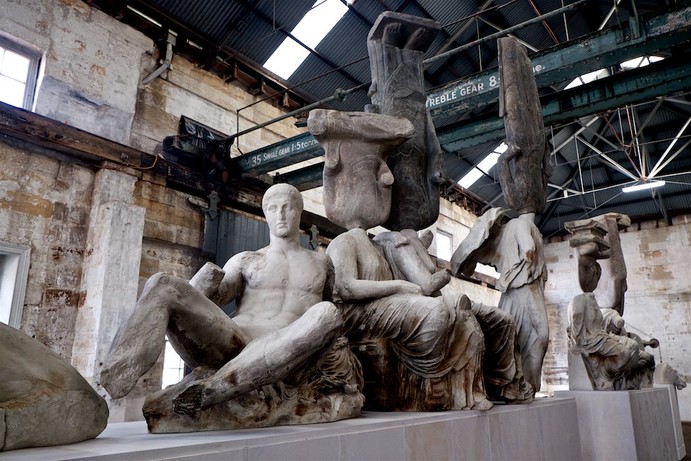
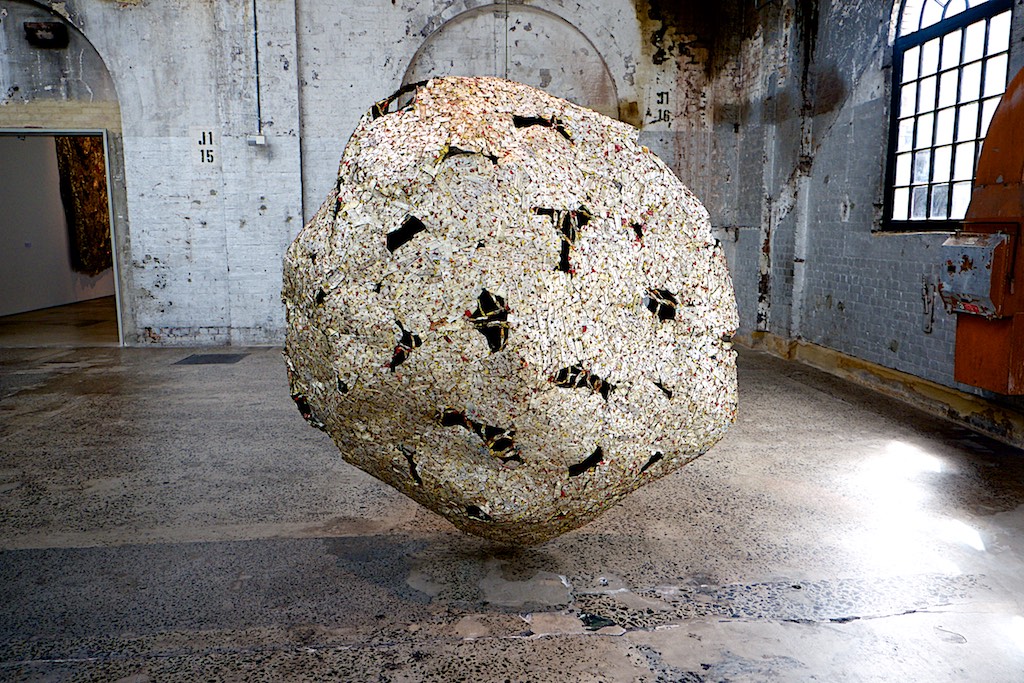
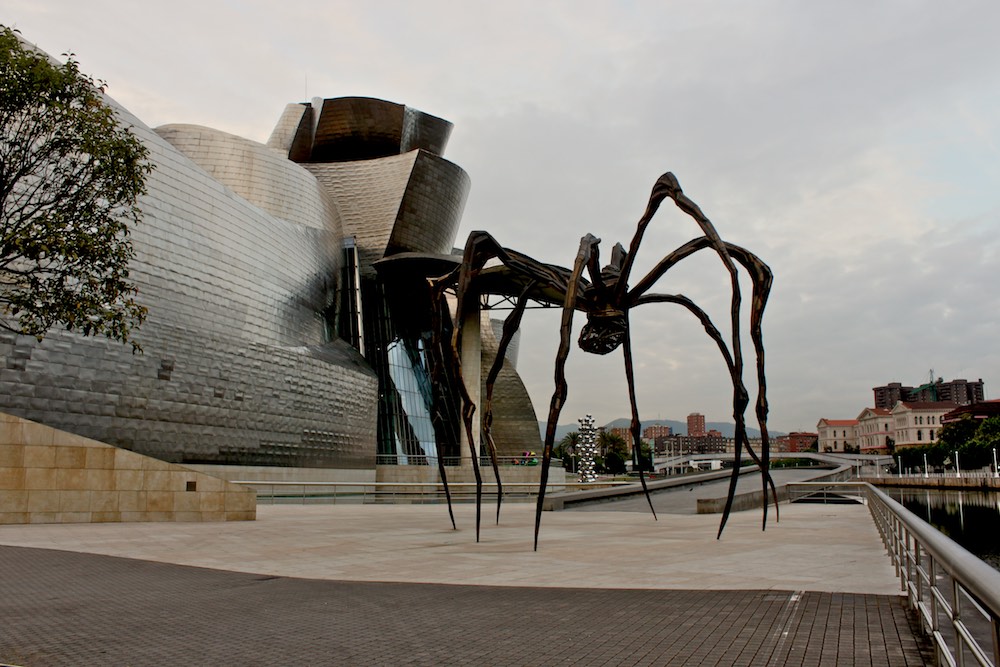
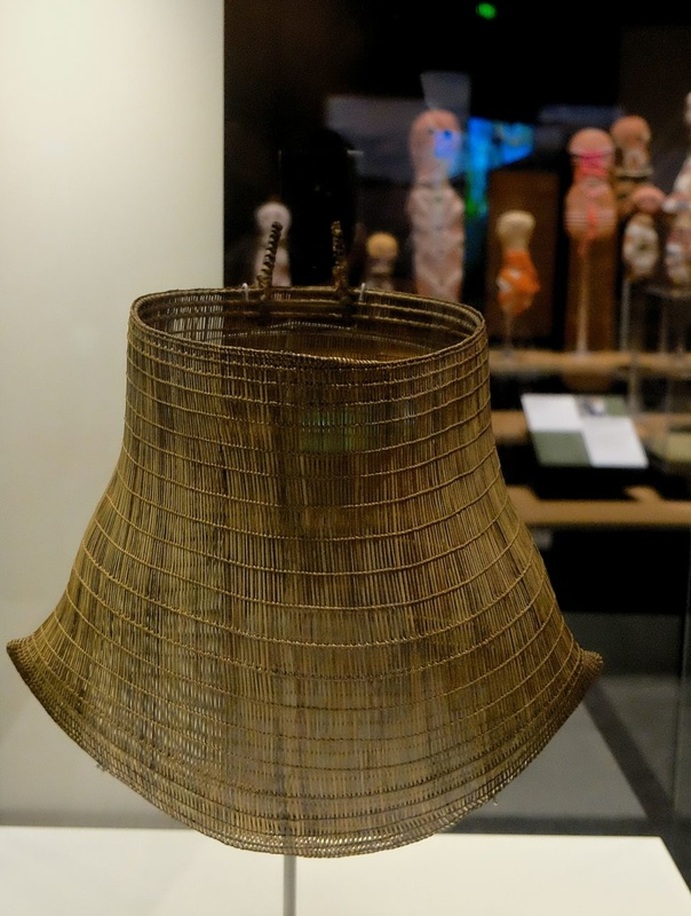

 RSS Feed
RSS Feed